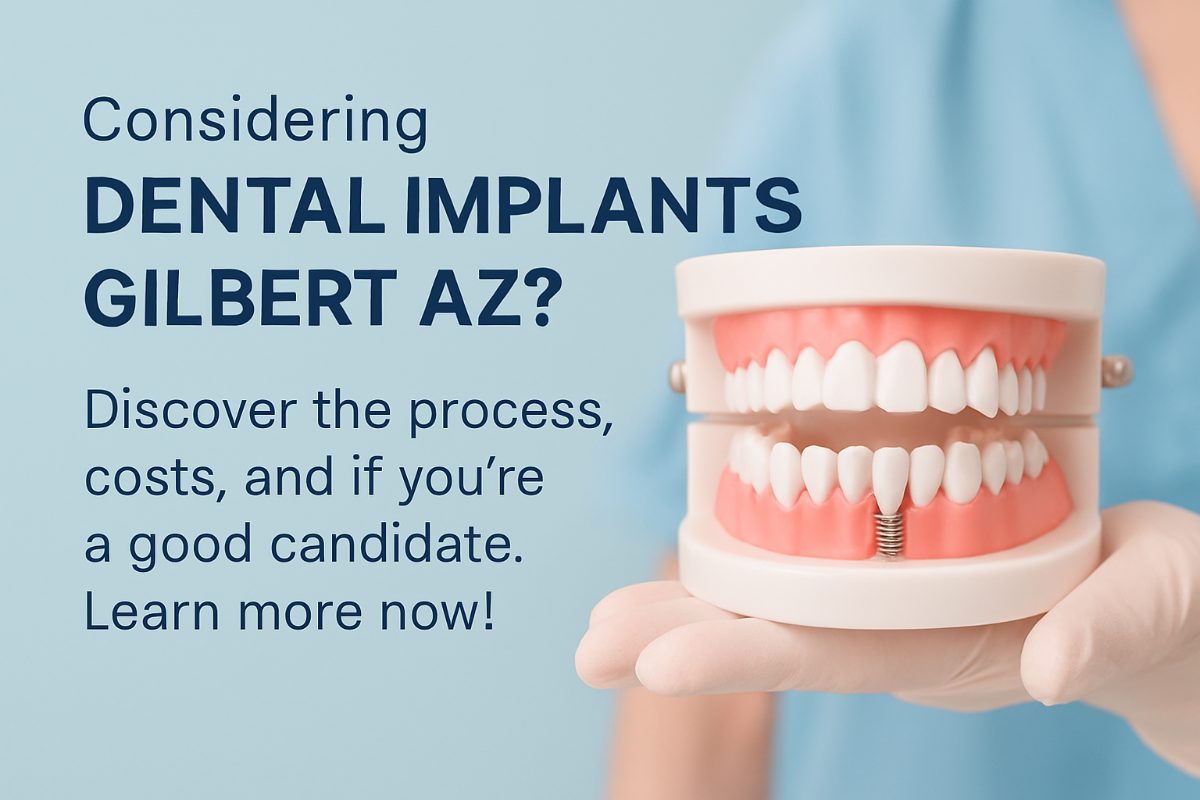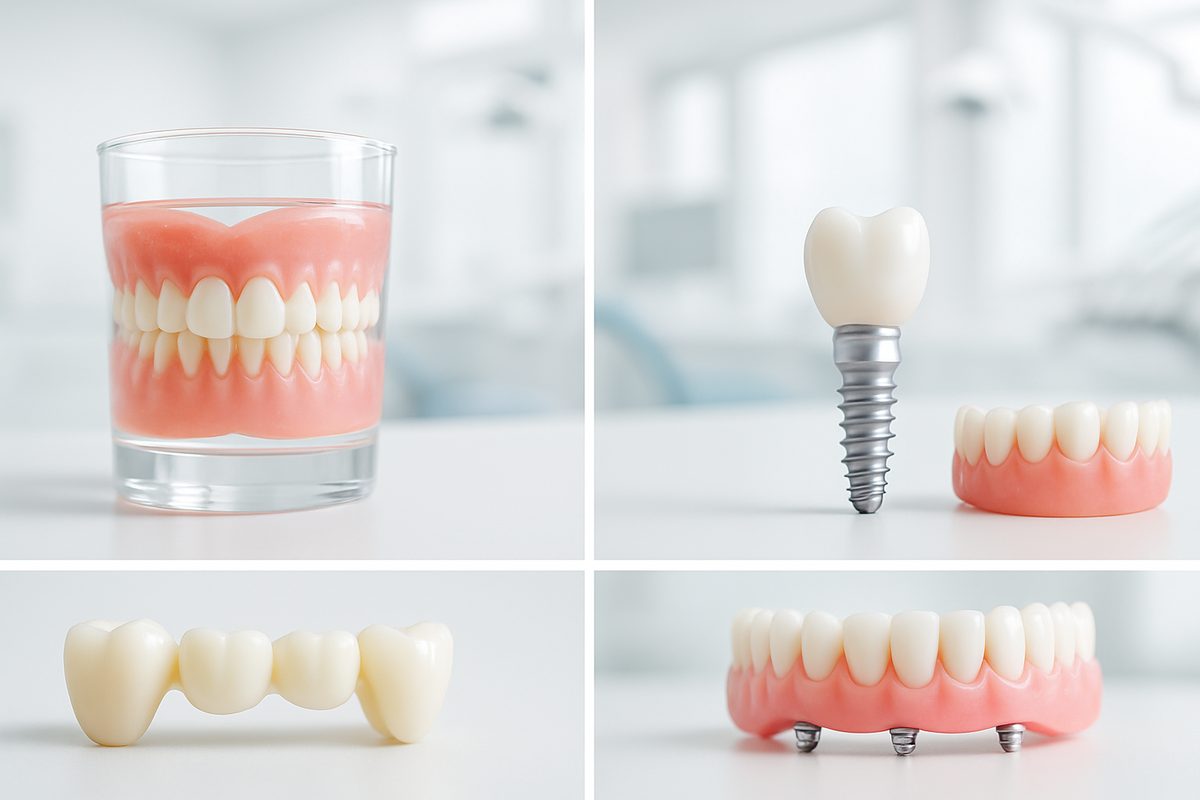Our Dental Blogs - Mesa, AZ
Tips, Facts, And The
Latest In Dentistry

Dental Implant Parts: What You Need To Know About Your Dental Implants

Dental implants parts are the pieces that work together to replace a missing tooth or a full arch. Knowing what each part does helps you understand how implants feel, how long they last, and what maintenance they need. Whether you’re researching options or already have implants, understanding these components helps you ask the right questions and get the best outcome for your smile.
What Are the Main Dental Implant Parts?
The implant fixture (the screw)
The fixture is the metal screw placed into your jawbone. It acts like a tooth root, anchoring the whole system. Fixtures are usually made from titanium or zirconia and come in different lengths and widths to match bone size. Their shape—tapered or cylindrical—affects how they sit in bone and how stable they are under chewing forces.
The abutment
The abutment connects the fixture to the visible tooth replacement. It can be a stock part or custom-made and may be metal or ceramic. Abutments screw into or attach to the fixture and determine the emergence profile (how the tooth meets the gum). Choices include angled abutments for tilted implants or screw-retained vs. cemented connections for the final prosthesis.
The prosthesis: crown, bridge, or denture
The prosthesis is the tooth you see—either a single crown, a multi-tooth bridge, or an implant-supported denture. Crowns can be cemented or screw-retained. Bridges and dentures can attach to multiple abutments or directly to special fixtures. Material options (porcelain, zirconia, acrylic) affect look, feel, and repairability.
Materials and Design Choices for Dental Implants Parts
Titanium fixtures are durable, well-studied, and bond reliably with bone. Zirconia offers a metal-free option with improved esthetics near the gum. Abutments may match the fixture material or be different for esthetic reasons. Internal vs. external connections and one-piece vs. two-piece systems change how parts fit together and how easy repairs are. These design choices matter for strength, hygiene, and long-term maintenance.
How Each Part Affects Function, Esthetics, and Longevity
Proper fixture placement and healthy bone are key for stability and chewing comfort. A well-fitted abutment creates a natural gum line and helps speech. The prosthesis material and fit determine how natural the tooth looks and how easy it is to clean. Poor fit or wrong design can trap food, stress parts, and shorten lifespan.
Common Problems with Dental Implants Parts and How They’re Fixed
Watch for signs like mobility, pain, swelling, or changes around the gum. Loose screws are often retightened; fractured abutments or worn prostheses are replaced. Peri-implantitis (infection around the implant) needs professional cleaning, antibiotics, and sometimes surgery. Early care and prompt repairs usually save the implant.
How Digital Technology Improves Dental Implant Parts and Outcomes
CBCT 3D scans, guided surgery, intraoral scanning, and in-house CAD/CAM or 3D printing make parts more precise. Digital planning lets clinicians choose ideal implant positions and design custom abutments and restorations. This reduces errors, shortens turnaround, and improves fit and esthetics for faster, more predictable results.
Questions to Ask About Your Dental Implants Parts
Ask: What materials are used? Who makes the parts? What connection type is used (internal/external)? Is there a warranty or replacement policy? How should I clean and maintain the prosthesis? What is the expected lifespan?
Why Choose a Specialized Implant Center
For complex cases, specialized teams offer deeper experience and integrated tech. Dr. Alyssa Mencini, DMD, at Restore Denture and Implant Center in Mesa, AZ, uses 3D imaging, an on-site lab, in-house 3D printing, and guided-surgery workflows to select and deliver the right dental implants parts in Mesa, AZ. An integrated team and technology help tailor parts to your anatomy for better function and fewer surprises.
Quick Takeaway
Knowing dental implants parts helps you understand function, risks, and maintenance. Ask clear questions about materials, connections, and warranties, and seek a trained implant team using digital planning and an on-site lab for the best long-term results.



